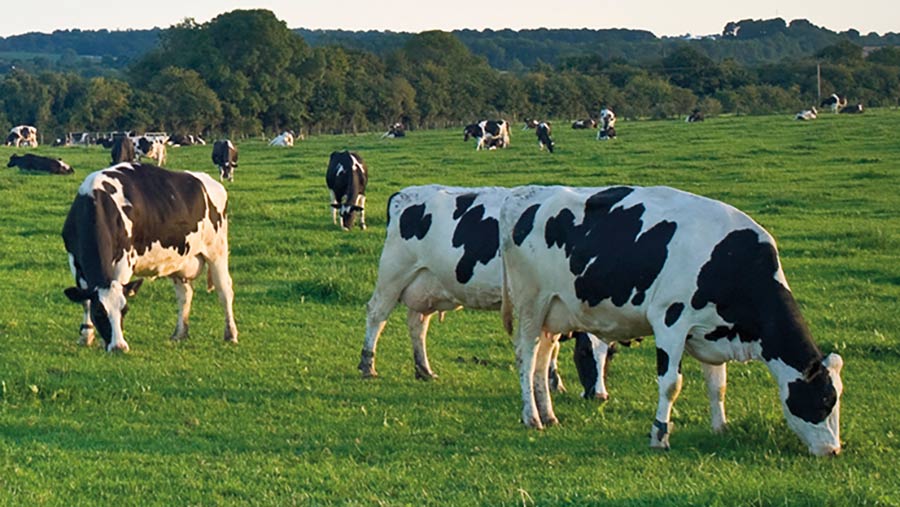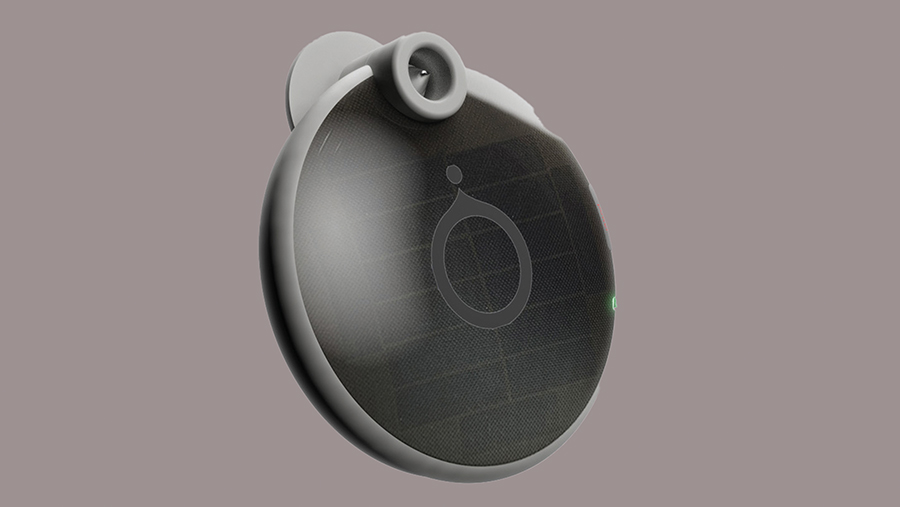Wearable device for cattle aims to improve dairy health
 © AdobeStock/Travelwitness
© AdobeStock/Travelwitness A new device, which is claimed to be the first integrated health microchip and activity monitor for livestock, could enable early detection of pre-clinical conditions and disease prediction in real time.
This is according to Chordata co-founder and chief executive officer John Wisbey.
The young company has worked in partnership with Agri-Epi to bring the technology to fruition.
See more: Holehouse herd scoops 2022 NMR RABDF Gold Cup award
It has been developed largely through working with farmers, veterinary scientists and the supply chain to better understand their needs from on-farm technology, explains Mr Wisbey.
“The consensus from this was that if we could improve early detection and enable more remote monitoring of animal health, it would be a game-changer for both dairy and beef.
How it works
The device comprises an implantable microchip and a wearable solar-powered ear tag to detect key biomarkers.
Mr Wisbey says wearable devices have been about for some time and microchips have been used in animals for many years and are known to be safe for long-term use.
The innovation in this technology is the microchip with a new patented technique to read biomarkers in animal in real time.
In vivo testing, (testing done on a living organism), has shown that the device is able to detect markers which can be indicators of key health conditions.
These include:
- Body temperature
- Blood composition
- Cortisol (an indicator of stress)
- Progesterone (a hormone in fertility)
- Beta-hydroxybutyrate (used to diagnose metabolic disorders like ketosis)
- Non-esterified fatty acids (a marker of energy balance levels)
- Blood urea nitrogen concentration (used to monitor protein status).
The data are combined and Chordata machine learning is used to analyse the metabolic markers.
These data are then, in-real time, transmitted to the cloud and then to multiple users, such as vets and farmers, via mobile or desktop devices.
“There are lots of wearables around – all using movement analytics to suggest underlying health conditions.
“But we’ve moved the technology on by combining movement information with biomarker data to give real-time insight.”

© Chordata
On-farm benefits
In terms of the benefits on farm, Mr Wisbey says that frequent condition alerts make it possible to tackle health conditions before they develop further.
For example, elevated beta-hydroxybutyrate levels could indicate the presence of subclinical ketosis before clinical symptoms are visible.
Likewise, low progesterone levels may also highlight potential fertility issues before empty cows are noted on farm.
Using a predictive-modelling tool also means that as more data are collected, it will be possible to forecast long-term health and nutrition outcomes.
Once the microchip is fitted to the cow, via injection by a vet or technician, no further farm-level intervention is needed to continue to receive the data.
It is designed to last the lifetime of the cow, so no maintenance is needed either, he adds.
Availability and cost
Though the ear tag is solar-powered, it works via daylight rather than direct sunlight, meaning it is still suitable for use in housed herds, explains Mr Wisbey.
“As long as animals aren’t kept in the dark, it [the ear tag] can quite happily recharge as the amount of energy it needs is very small.”
The light level requirements of the device have also been tested out in Canada on herds that are housed for six months of the year, and the device was still able to be used, he adds.
The ear tag also has a battery in case it is ever required.
The hardware device is expected to cost in the region of £50 an animal, with an anticipated additional monthly data fee of between £4-5, he says.
It is currently in the final stages of testing and will imminently be rolled out as part of a pilot scheme on some commercial farms. It is due to be commercially available to UK farmers from September this year.
“From now until then, we’re really open to hear from anyone who would like to be involved in the pilot or has an opinion to help us develop the product further before the market launch.”
John Wisbey gave a presentation about the device in the Innovation Hub at the recent Dairy-Tech event.
